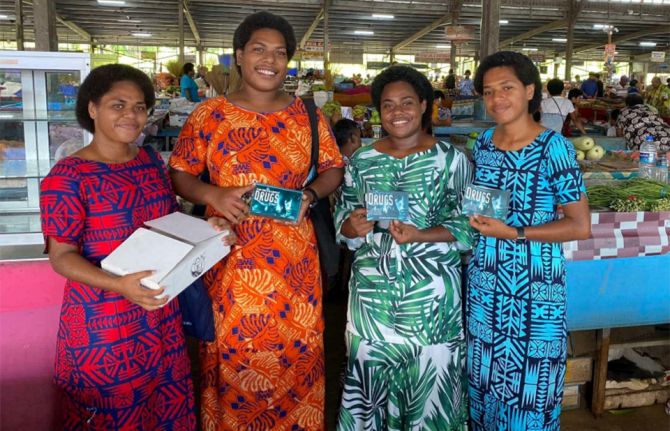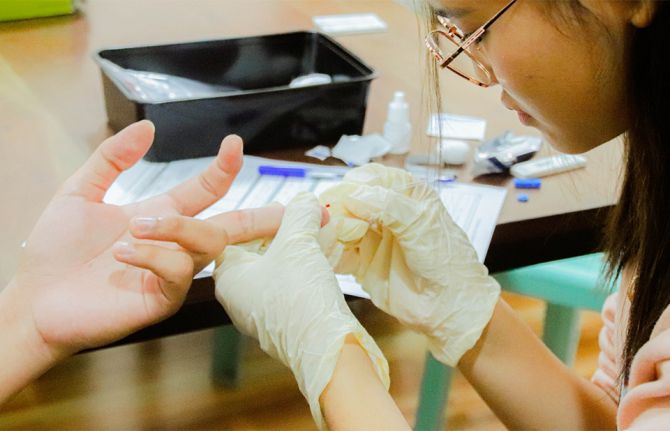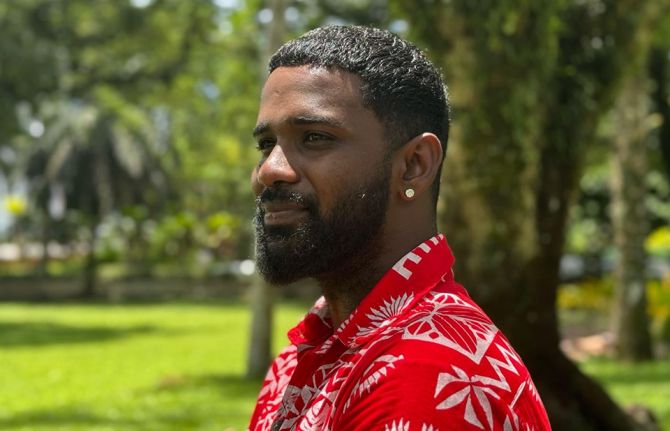

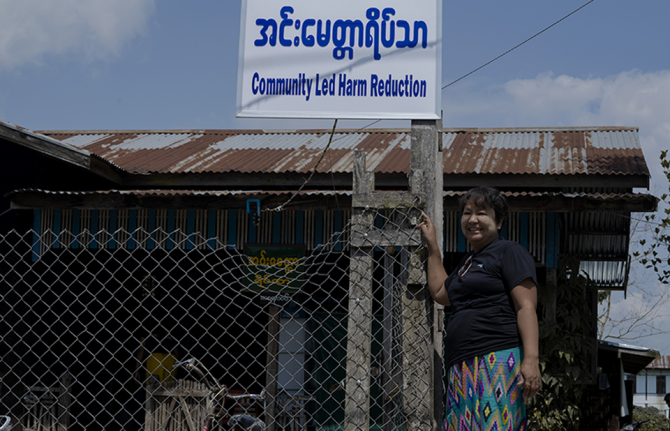

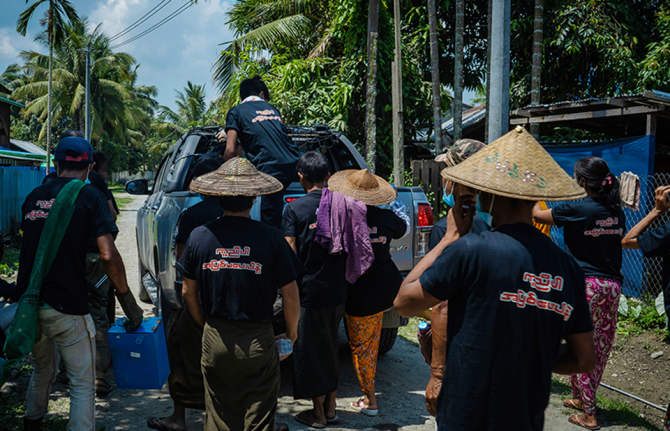
Feature Story
Reducing harm for women who inject drugs in Myanmar
06 February 2019
06 February 2019 06 February 2019In the mining town in northern Myanmar where Hla Hla (not her real name) lives, drugs are easy to come by. Hla Hla started using drugs as a teenager. Some years later, an outreach worker friend accompanied Hla Hla to a health drop-in centre, where she discovered that she was living with HIV. She was initially afraid to tell her husband and family, as she was worried about what other people would think.
Hla Hla’s story is not unique. In Kachin State, Myanmar, where an estimated 21 000 people who inject drugs live, two out of five people who inject drugs are estimated to be living with HIV, according to government statistics.
Kachin State has long been affected by socioeconomic challenges, conflict, opium cultivation and drug use. Migrant workers are drawn from across Myanmar and neighbouring countries to work in its jade and amber mines.
There have been harm reduction programmes, including needle–syringe programmes and opioid substitution therapy, in Myanmar for more than a decade, and the government recently reinforced its commitment and support for harm reduction. However, a recent police crackdown resulted in an increase in arrests of people who use drugs, limiting access to services and increasing stigma and discrimination.
In Kachin State, as well as in Shan North State and the Sagaing Region, the USAID HIV/AIDS Flagship Project focuses its support for harm reduction programmes on delivering HIV prevention and treatment services for people who inject drugs. UNAIDS provides technical guidance for the project, which is implemented by Community Partners International.
One gap being addressed by the project is the lack of female-friendly harm reduction services for women who inject drugs and the sexual partners of men who inject drugs. Women who inject drugs in the region often prefer to remain anonymous and may feel more comfortable working with female health workers. One of the implementing partners, Médecins du Monde, designed an initiative to increase service access for women by setting aside one day per week exclusively for women at its drop-in centre. The women-specific service package includes sexual and reproductive health services, gender-based violence counselling and family planning, in addition to harm reduction services provided by female staff.
Hla Hla attends the drop-in centre and enjoys talking with her peers. Although initially afraid to disclose her status to her husband, she eventually did so when he talked about wanting to have a child with her. Disbelief was followed by acceptance and he took an HIV test.
“The drop-in centre is really helpful for me because now I am healthy and can work, thanks to antiretroviral therapy. Furthermore, I am very happy because my husband is HIV-negative. I have more knowledge about health and can share that with my family and friends,” said Hla Hla.
Aside from providing HIV prevention and treatment services for women who inject drugs, the USAID HIV/AIDS Flagship Project supports initiatives such as the Local AIDS Committees, which provide a platform to raise community awareness about the health risks of drug use and the importance of harm reduction programmes.
Saw Yu Htwe is a mother of three and a Local AIDS Committees member. When one of her children started using drugs, she realized that people who use drugs need understanding and support from their family and community. She is determined to help people who use drugs by creating a better environment for them to address their health and socioeconomic needs.
“People ask us why we are helping people who use drugs, since they think these people are not good. People who use drugs are also human. If we, the community, do not change how we think and our attitudes towards them, our region and our country will not be able to develop,” said Saw Yu Htwe.

